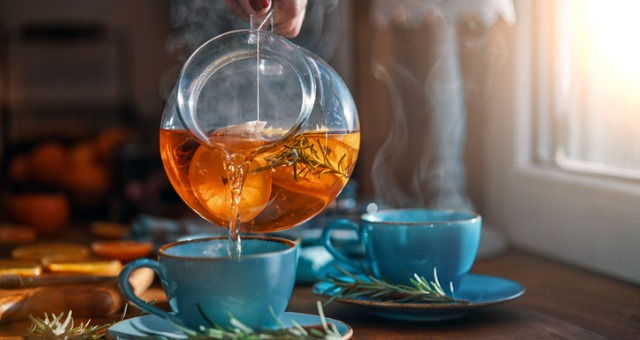Lalah Delia, writer, teacher, advocate for holistic living and wellbeing, is credited with saying, “Focusing on taking care of yourself and doing the best you can, versus judging yourself, is how you take back your power.” It seems as if we have a tendency to give our power away every time we neglect ourselves through such obvious practices of getting too little sleep, sitting for too many hours in front of the screen, and eating poorly. We all know this. Bernard of Clairvaux, a 10th century monk, likens self-care to love. Clairvaux speaks of four levels of love, beginning with the lowest form or selfish love, which targets ourselves above all others, and culminating with the highest form: caring for ourselves in order to be of benefit to others. As teachers, we have chosen a field of study and inquiry, regardless of the content, that sometimes repeatedly has us emptying our vessels (or cups) for the benefit of others, for the students we serve. What is problematic is that we have the emptying part right, but neglect the self-care part. The question to ponder is, how do we pour from a (sometimes) empty cup? Here are some relatively simple ideas to help us keep that cup brim-full and perhaps allow us to assist our students in keeping their own cups full. Purposefully, each practice is free or relatively inexpensive and requires minimal investment of any resource with the exception of our full presence and a wee bit of time.
Engage in the five senses exercise
What better way to nourish ourselves than to engage with our senses. This exercise utilizes our senses of sight, touch, hearing, smell, and taste. Stop and notice five things we can see, especially things we don’t usually notice. Then, identify four things that are physically felt, such as the chair seat, ground beneath the feet, or the touch of a watch on the wrist. Listen for three different sounds, like the clock, birds, humming of equipment, or heating systems. Notice two smells, such as food, leather, fabric, or even nature. Last, concentrate on a single taste, like gum, toothpaste, coffee, or tea. This exercise helps calm the mind and provide engagement with the present moment through one’s senses.
Mind your breath
From the time we are born, we take in life giving breath. Wherever we find ourselves, we must breathe in and out in order to live, yet how often do we pause and use breath to help us recenter, reenergize, or reconnect in order to re-engage? Here are a few simple (and free) breathing ideas to try. Thich Nhat Hahn, Buddhist monk, offers this idea—be aware of the breath: breathe in, breathe out. Repeat, repeat, repeat. Dr. Andrew Weil is credited with 4-7-8 breathing: inhale through the nose for a count of four, hold the breath for a count of seven, and exhale through the mouth with a “whoosh” sound for a count of eight. Repeat, repeat, repeat. This pattern was designed to help reduce anxiety, and thus help fill the cup. Simply counting breaths is another way to move from stressful thoughts to more positive ones. Finally, box breathing is a form of paced, rhythmic breathing. Simply, breathe in to a count of four, hold for four, breathe out for four, and hold for four. Repeat, repeat, repeat. All of these breathing techniques help us say to ourselves, “I’m running low here, time for a fill up.”
Eat a piece of fruit, or even dark chocolate, mindfully
This is another simple practice. Fruit brings texture, delicious smells, color, hidden surprises within its outer covering, and generally a host of nutritious benefits. When eaten slowly and deliberately, eating fruit can evoke a sense of joy and wonder at its beauty and benefits. Chocolate, especially dark, brings flavor, sweetness, and possibly another burst of happiness as it melts and fills the mouth with goodness. To top off the experience, brew a cup of tea. Mindfully drinking tea is one of the oldest rituals known to man for the purpose of restoration and contemplation. Tea brings aroma, color, flavor, and warmth to the one holding the cup.
Light a candle
Light a candle (or turn down the harsh fluorescent lighting). I prefer candles. Why? Candles or other low lights provide mini beacons, and figuratively speaking, a way out of the darkness. Light travels longer, faster, and farther than anything known. Light is the focus of the two most important theories of the twentieth century: quantum mechanics and Einstein’s theory of relativity. Candles or other forms of low light connect us with a universal yearning of the human species—to create light in the darkness. Candles provide a way to sit, ponder, reflect, and fill our cups. Light a candle and pause for just a moment or two. Think about listening to some soul-filling music as well.
Each of these practices can aid in the conscious refilling of our sometimes empty cups. They can be engaged in alone, with another, or even in a classroom setting. Part of our mission as teachers is to nurture and support the next generation of scholars, teachers, and practitioners. When we take care of ourselves, especially if we model this for those we teach, we may realize that caring for ourselves and others is actually an act of survival and not a self-indulgent practice.

